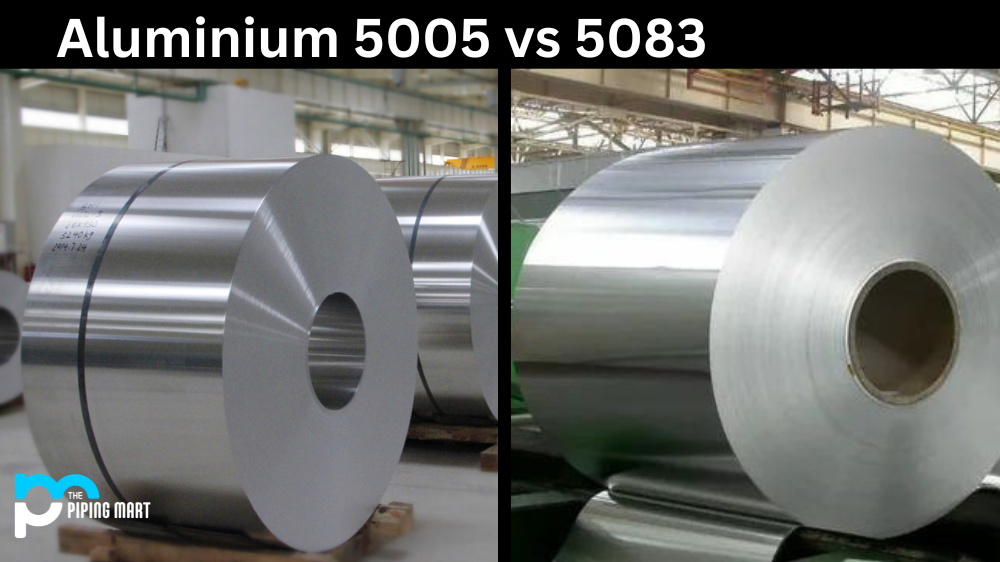When choosing a suitable aluminium alloy for your project, it is essential to consider several factors. The properties and characteristics of the alloy can significantly impact the performance and longevity of your final product. Two popular aluminium alloys are 5005 and 5083, but which one should you use? This post will explore the differences between these two alloys and help you decide which suits your project’s requirements.
What is Aluminum 5005?
Aluminium 5005 is an alloy that contains 0.8% magnesium, 0.5% manganese, and a small amount of copper. It has excellent corrosion resistance, weldability and workability, making it ideal for various applications in the automotive industry and beyond.
What is Aluminum 5083?
Aluminium Alloy 5083 is a medium-strength magnesium-manganese-chromium-aluminium alloy that hard work can harden. It has excellent corrosion resistance and weldability and offers excellent fabrication characteristics.
Differences Between Aluminum 5005 and 5083
Composition
One significant difference between 5005 and 5083 aluminium alloys is their composition. 5005 has a high magnesium content and small amounts of other elements such as iron, silicon, and copper. On the other hand, 5083 has a more complex composition with a high magnesium, manganese, chromium, and zinc content. As a result, 5083 has superior strength and corrosion resistance, making it ideal for applications that require higher power, such as marine and aerospace industries.
Corrosion Resistance
Corrosion can cause significant damage to structures and equipment, especially if they are frequently exposed to moisture, salty air, and harsh chemicals. Aluminium alloys, including 5005 and 5083, are known for their excellent corrosion resistance. However, 5083 aluminium alloy has a higher corrosion resistance than 5005. 5083 is commonly used for marine applications and other harsh environments due to its superior corrosion resistance.
Strength
Strength is another factor that differentiates 5005 and 5083 aluminium alloys. 5083 has higher strength than 5005, making it more suitable for heavy-duty applications. 5083 also has exceptional weldability, which makes it a popular choice for marine and aerospace welding.
Formability and Machinability
Formability and machinability are crucial factors to consider when selecting aluminium alloys. 5005 is known for its excellent formability, ideal for applications requiring intricate designs and shapes. It is also easy to machine, so it can be easily cut, drilled, and formed. While 5083 is less formable than 5005, it can still be easily machined using the right tools.
Conclusion
When choosing between 5005 and 5083 aluminium alloys, weighing the pros and cons of each one is essential. 5005 is an excellent choice for applications requiring high formability and machining ease. On the other hand, 5083 is a better fit for heavy-duty applications that require superior strength and corrosion resistance. If you are still unsure about which alloy to choose, consult your supplier or manufacturer for recommendations based on your project’s needs. It’s essential to get a suitable alloy to ensure the durability and longevity of your final product.

Abhishek is a seasoned blogger and industry expert, sharing his insights and knowledge on various topics. With his research, Abhishek offers valuable insights and tips for professionals and enthusiasts. Follow him for expert advice on the latest trends and developments in the metal industry.




